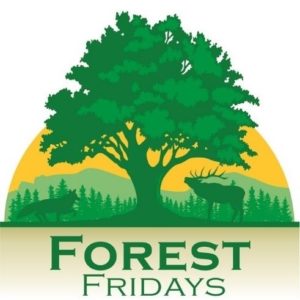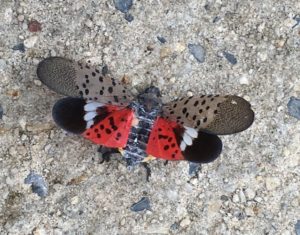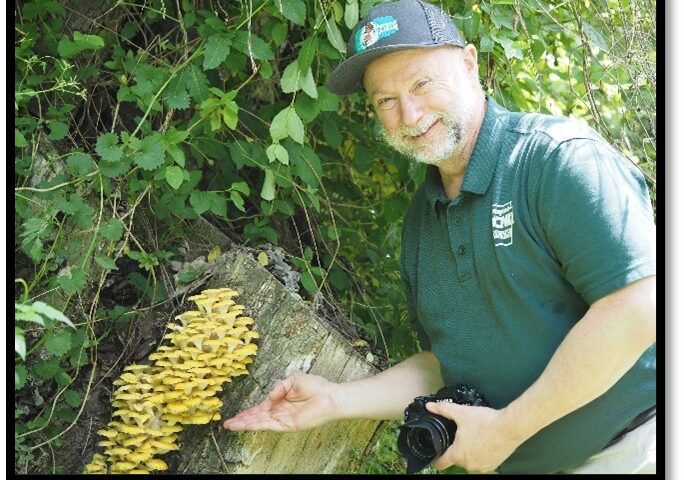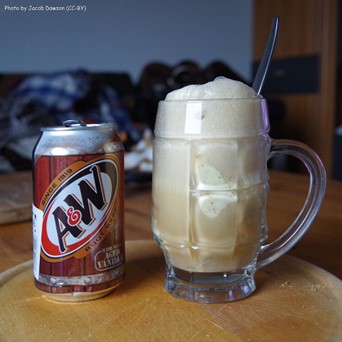
By Ryan Reed
My family and I moved to a new home in Annville (Lebanon County) in 2019, and shortly thereafter, we received a very unwelcome visitor. There it was , in my garage, on the floor. I knew it immediately. It was the insect we’d heard so much about—the spotted lanternfly (SLF). I quickly swatted and killed it, subsequently reporting my observation to the PA Department of Agriculture, which serves as the lead state agency in dealing with this terrible pest. I observed only two more that summer and early fall, and counted my blessings that they weren’t yet a major problem at my residence.
In late spring of 2020, I noticed a few SLF nymphs on some landscape plants, but in mid- to late summer, everything changed. At a certain point and by the sound of their clumsy landings on my window screens, I didn’t even need to look to know what was there.
They climbed the house by the hundreds and occupied my trees by the thousands. I set about to kill as many as I could, tallying over 2,800 in 2020. On some days, they seemed to be exhibiting what could be characterized as dispersal flights, with hordes numbering easily in the thousands fluttering with the breeze, almost resembling large snowflakes in a winter squall. These very noticeable dispersal flights seemed to usually occur on hot and breezy August and September days with significant thermal updraft.

The SLF situation in 2021 was remarkably worse than 2020, which I had suspected. Putting in similar time and effort, the kill tally eclipsed over 8,000! Two of my favorite trees (a silver maple and a river birch) oozed streams of their excrement called honeydew, with sooty mold coating the grass beneath. You can actually smell this, and it is not pleasant. Reaching my tipping point, I contracted a local tree service who used a systemic insecticide with a bark penetrant to kill lanternflies as they feed on the trees’ sap. In a few weeks, thousands of SLF carcasses accumulated under those trees. It was obvious the treatment did its job, and I noticed almost no SLF egg clusters on either tree as fall approached.
I plan to treat these trees myself this year with a soil drench, for 1/20 the cost. I regret having to resort to chemical treatment, knowing there will be collateral damage to other organisms, but I don’t want my trees damaged, or worse.
So far this year, I’ve noticed a few early nymphs, but nothing extreme. I’m hoping our area sees the same (albeit inexplicable) SLF crash that seemed to occur in several southeastern counties last year.
SLF are notorious hitchhikers on vehicles, campers, and other outdoor items that are often transported long distances. If you live in area with an established SLF population, please do your part to be sure you don’t spread them somewhere else. You can trust me on this; you don’t want someone bringing them to where you live.
For more information on SLF, please look here.
Forest Fridays is a feature of the DCNR Bureau of Forestry.




